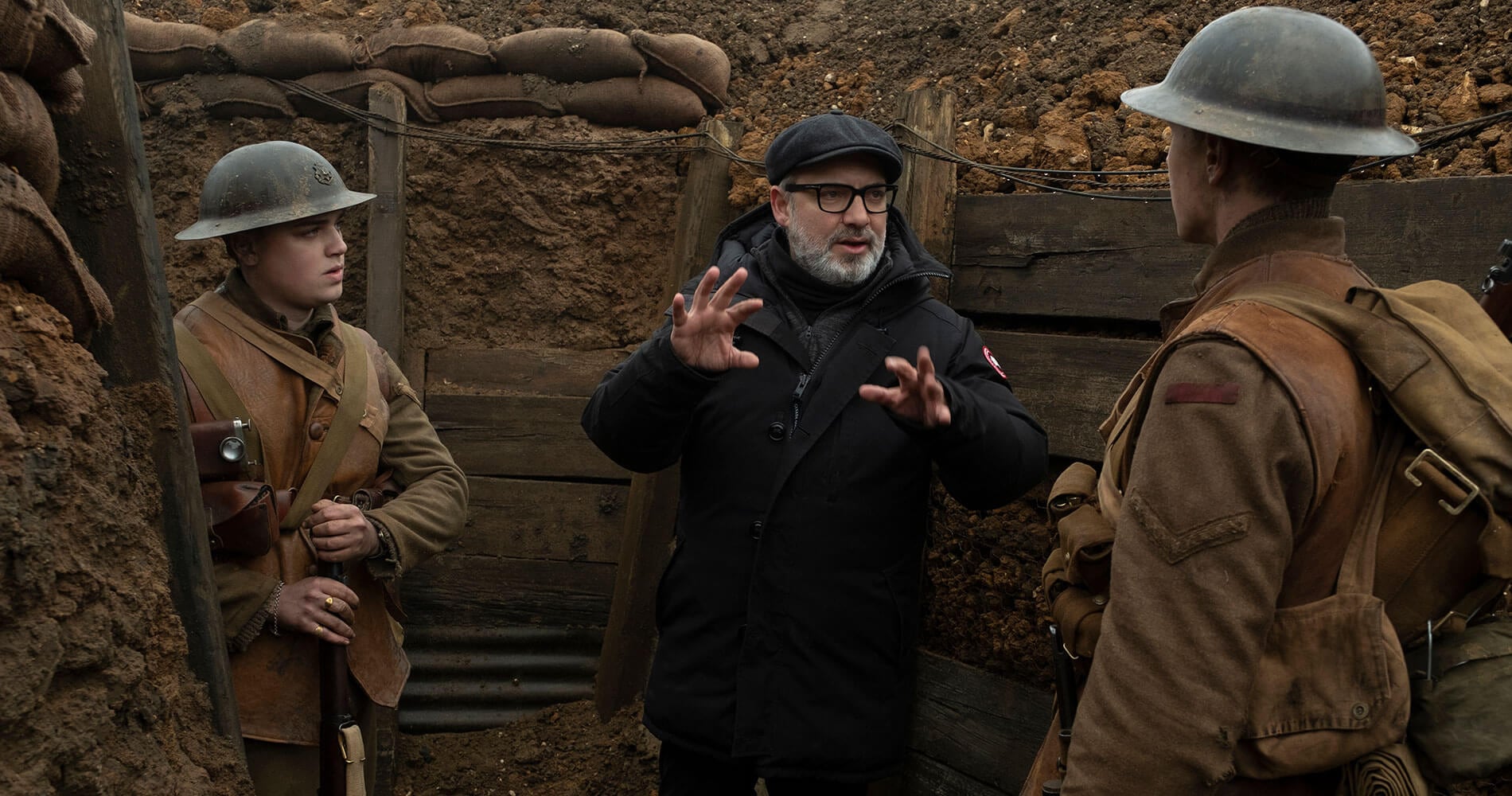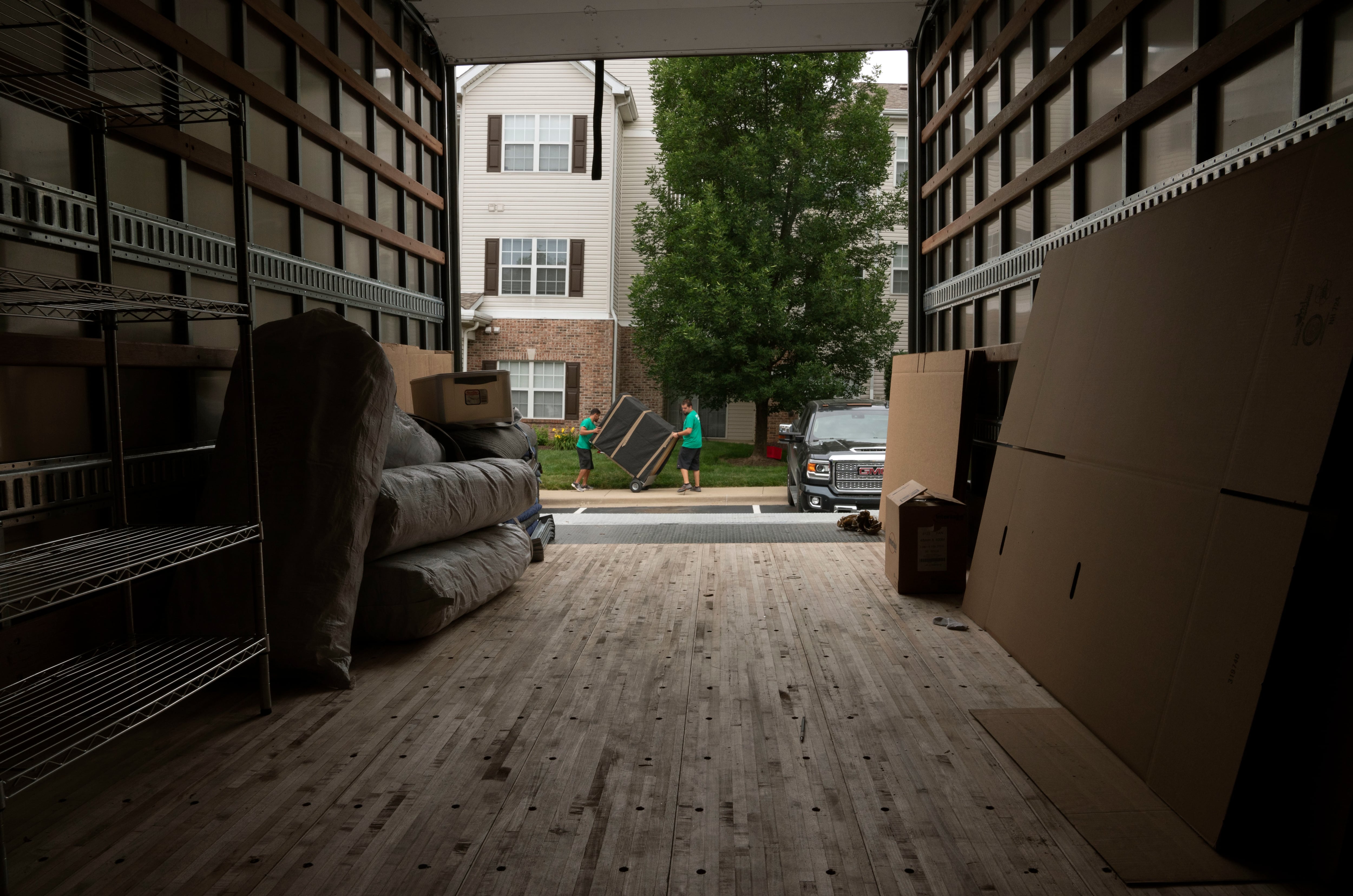“1917” is unquestionably one of the most impressive and innovative war films ever made.
The story follows two young soldiers — played by Dean-Charles Chapman (“Game of Thrones”) and George MacKay (“Captain Fantastic”) — who embark on a race against time through the apocalyptic hellscapes of the Western Front to deliver a message that could save 1,600 lives — and the clock is ticking.
To best immerse viewers in the muddy, decaying corpse-riddled landscapes of The Great War, Oscar-winning director Sam Mendes and fellow Oscar-winner Roger Deakins (cinematography) opted to shoot the entire film as one continuous shot that never strays from the two main characters.
“From the very beginning I felt this movie should be told in real time," Mendes said in a behind-the-scenes featurette.
“I wanted people to understand how difficult it was. ... Every step of the journey, breathing every breath with these men, felt integral. And there is no better way to tell the story than with one continuous shot.”
Chapman, who stars as Lance Corporal Blake, spoke with Military Times about the innovative filming technique, as well as the extensive research, training, and personal touches that went into creating a film unlike any other.
“1917” landed in select theaters on Christmas Day and is scheduled for a nationwide release on Jan. 10.
How much did you study the First World War leading up to filming?
I’ve never really had to do as much research in any role before as I did for “1917.” I didn’t really know that much about the First World War before I started. Obviously I knew some about the trench systems and the type of warfare, but I didn’t quite understand the brutality of it and how young the men were.
So, we did some research trips, we went to France, we went to Belgium, we looked at some really good museums and went to war graves. We also worked with a military advisor for about six months before we started shooting. He had actually served in the British military as a paratrooper.
RELATED
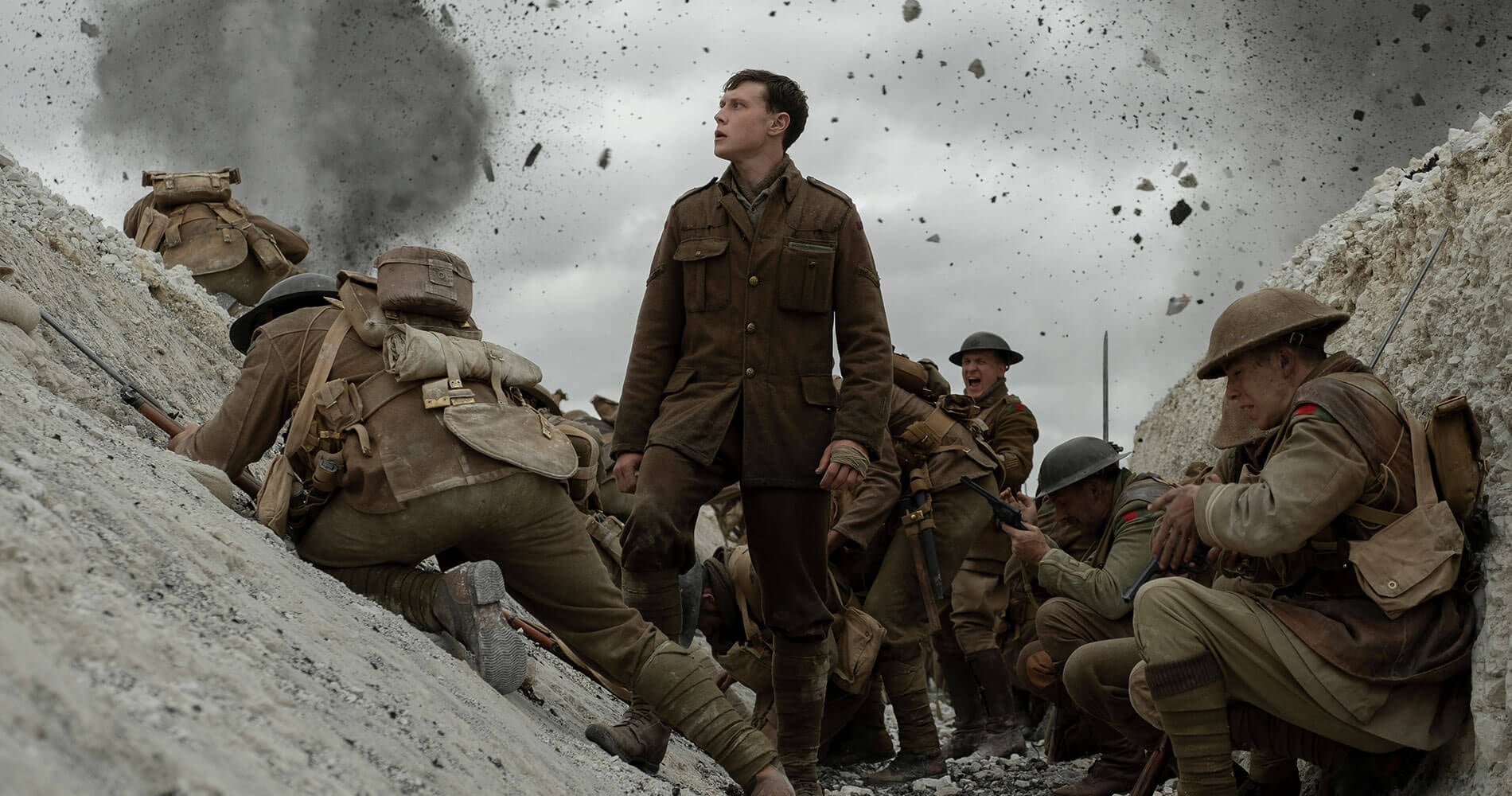
Before we started filming we were already wearing the weapons and all the gear the soldiers had worn so we could get used to the weight of it. We were doing a few military drills every morning, working with the armory team, firing weapons — blanks, not real ammo. It was all to make it look second nature, because during these long takes without any cuts, we didn’t want to, you know, cock it up by not knowing how to use the equipment properly.
Sam Mendes used the continuous-shot filming technique as a way to immerse the audience into the story, which was unbelievably successful — it felt more like an experience than a movie. What was that like on the acting side?
It was incredibly immersive. I’ve done films before where I’d found I had gotten lost in a take, but never on this scale. The one continuous take really does immerse you.
The sets and the conditions we were filming in were so realistic that you would just immediately get lost in that world. It never really felt like a movie set — the trenches were actually dug and the farmhouses and towns in the film were all built to actual standards.
So, as an actor you would do these seven-, eight-, nine-minute takes and you would just get lost. And sometimes we’d be walking for miles, because the whole film is a journey, and there were times we couldn’t even hear them call “cut” because we were so far away from the starting point.
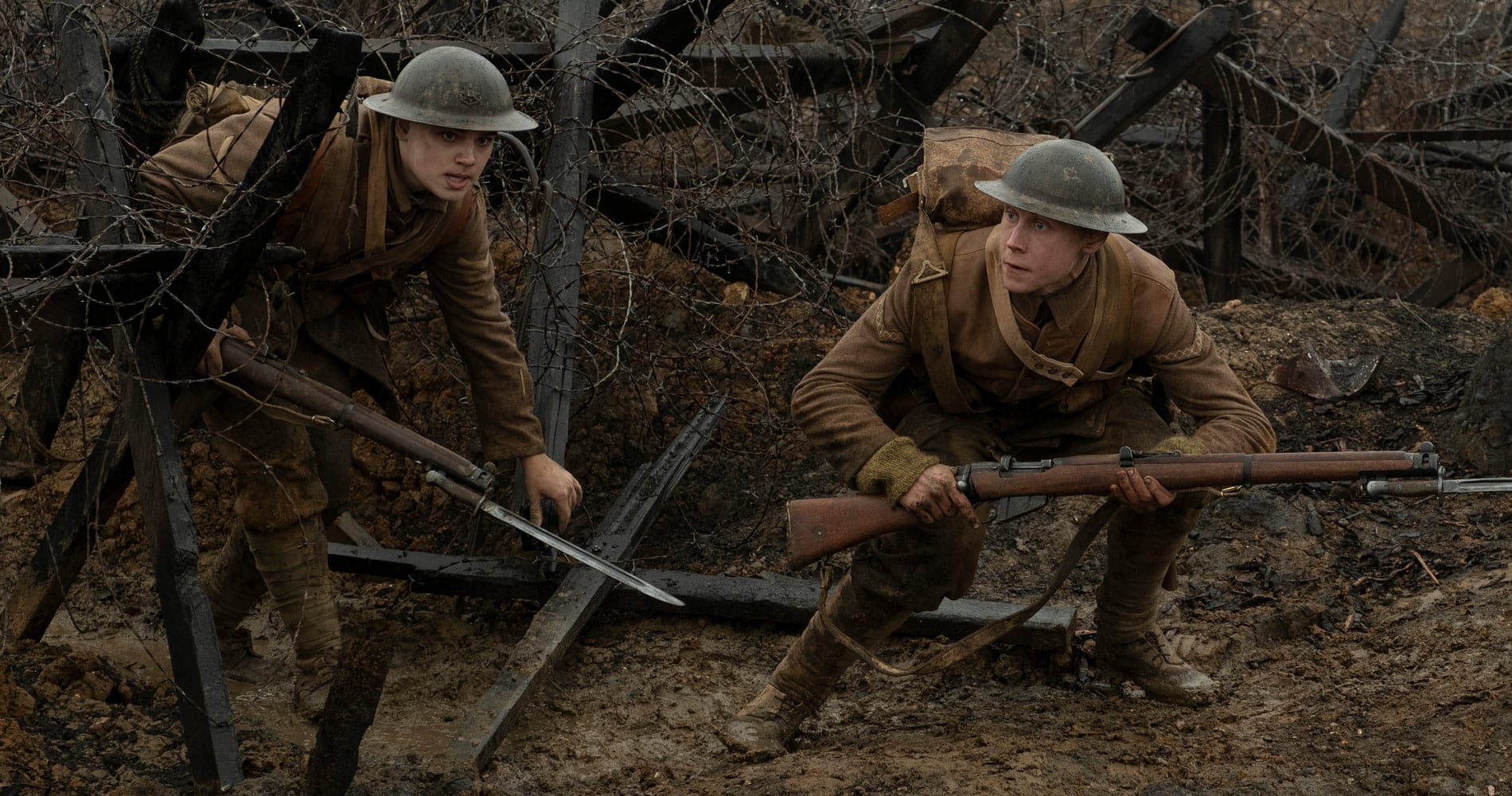
There’s one scene in particular, which I can’t say exactly which without giving anything away, but when they called “cut,” I just couldn’t stop crying because I was just so wrapped up in the emotion that my character was going through. It was really hard to wrap my head around, even after filming.
It was weird. I remember the first time Sam Mendes showed me the first rough cut of the film, and it reminded me that we were actually making a film, and I know that sounds stupid, but my job as an actor is to live and experience that world. And after six months of rehearsals, we just didn’t have to think about anything anymore and could relax and actually live the scene. It was really amazing.
The script Mendes and cowriter Krysty Wilson-Cairns produced did such a good job in making you and your co-star, George MacKay, out to be ordinary, everyman soldiers. Was that a focus going in or something that developed over time?
I think that was the focus from the beginning, and that was what I really loved about this film.
It’s not really a war film — it’s much more than that. It’s not an educational film on the First World War, it doesn’t name a specific battle, and you don’t have to know anything about war to enjoy the film. It’s just a story of two ordinary human beings who certainly aren’t superheroes. They’re just ordinary men, no different from the millions of other soldiers who fought.
They have this mission to deliver a message but it’s told on a very human level. And I think that’s why you can relate to it. As soon as the film starts you feel like you recognize the men even though you’ve never seen them before. Even the way they navigate this world is on a very human level.
And to add to that, we applied plenty of history lessons. At the Battle of the Somme, when men would charge from the trenches and run over the top, a lot of their pouches were left open and rounds would fall out all over the ground. After the Somme they’d learned their lesson, so they became really OCD about checking everything to make sure their equipment was ready.
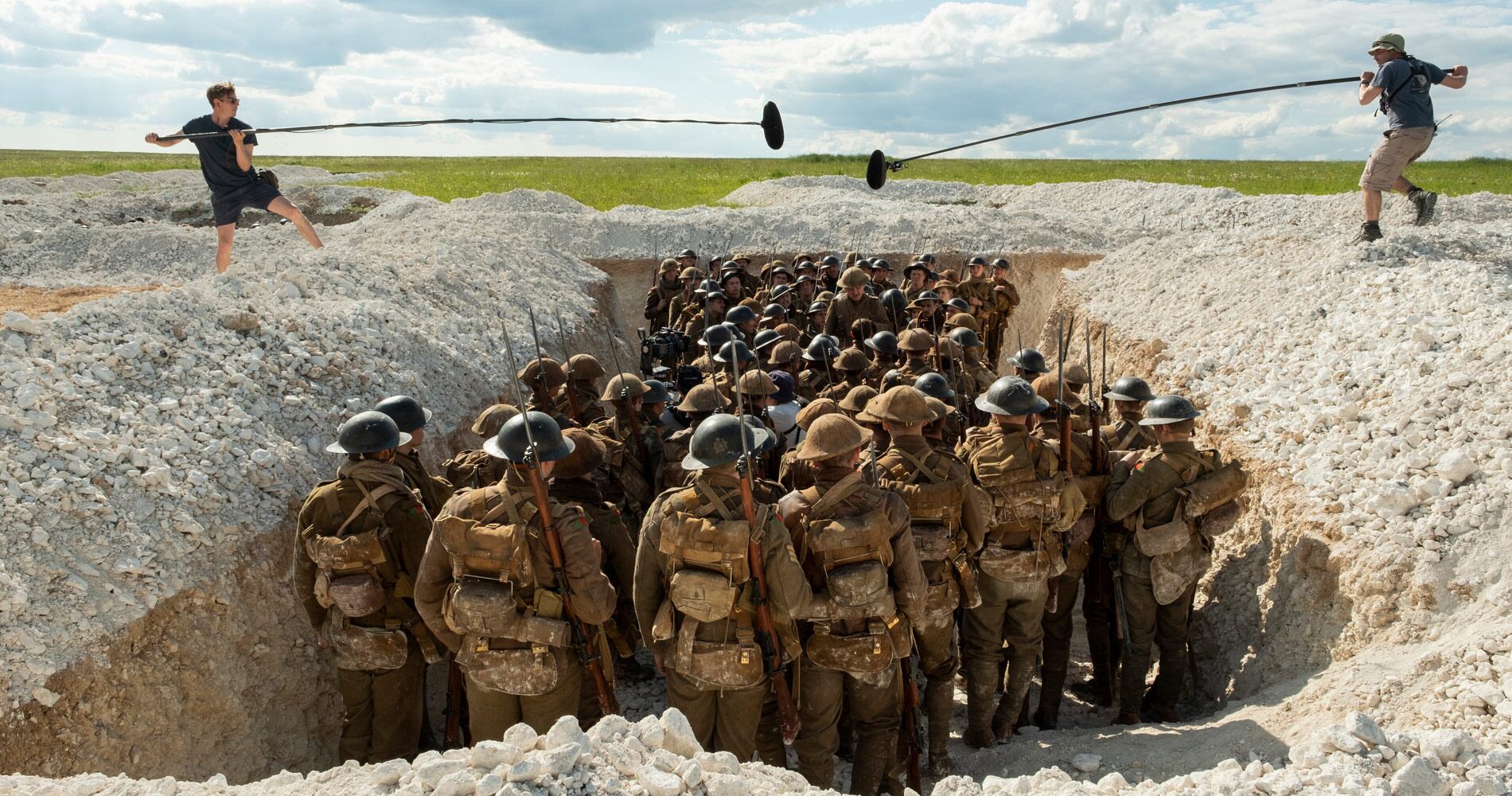
I did that with my character Blake before he went over the top, just being OCD and double-checking my pouches, making sure my bayonet was on properly — little things that you don’t usually see. In most films, you’ll see a character smoothly reload their weapons or fix a bayonet, when that usually wasn’t the reality. When they’re reloading, they’re nervously counting their bullets — they’re not running through with a pistol killing 30 men.
We paid attention to those little details to make it realistic and truthful.
Part of that realism was conveyed so authentically through the common gripes, laughs, and rumors that the average soldier throughout every conflict in history has engaged in. How did your chemistry with George help yield such an authentic product?
I think it just came out of spending every single day with each other. We rehearsed every day for six months, doing everything as a pair.
We had our own battles, you know, behind the scenes trying to learn the ropes, so there was definitely a roller coaster of emotions in really wanting to make an authentic film. But we did it together and bonded through that and became really close, and I think that shows on screen.
The thing that I love about the characters Blake and Schofield is that they’re two completely different men. They probably wouldn’t hang out in real life, and I think that’s the thing with war as well. As a soldier, you’re friends with these people, but in real life, you probably would have never met or become close.
It’s a testament to the personal elements in this film. I never really felt like I was playing a soldier. I was playing a human being, and there’s much more to a soldier than just the uniform.
Much of the inspiration for this film came from the autobiography of Sam Mendes’ own grandfather, a World War I veteran. Did Mendes go into detail with you about his personal ties to the story?
I heard about that during my second audition. That was the first time I met Sam, and he was telling me about his granddad and how that sort of gave him the idea to make this film.
His granddad fought in the First World War and enlisted when he was just 17 years old. After the war when he was an older man, he didn’t really talk about it much. But he eventually came to a point in his life when he finally opened up and would tell stories to his grandkids, Sam included.
There was one story that sort of stayed with Sam about his granddad having to go into no man’s land to deliver a message. They used to send him as a messenger because he was only about 5 feet tall, which allowed him to keep low, just under the height of where the smoke from chemical attacks would settle.
From that, Sam sort of played with the idea of two men carrying on farther, beyond no man’s land and into enemy territory. Those fragments of the stories that were told to him when he was a kid helped lead to this film.
Can’t let you go without asking at least one irrelevant ‘Game of Thrones’ question. If you had to drop lance corporals Blake and Schofield into the seven kingdoms, which house would they belong to and how long do you think they would survive?
That’s tough. The worlds are so different, but I think I’d put them with the Starks. They’re a well-loved family and I don’t think Blake and Schofield would want to be Lannisters. So, I’d say Starks, and they’d have a good ending as well.
J.D. Simkins is the executive editor of Military Times and Defense News, and a Marine Corps veteran of the Iraq War.
